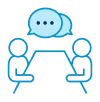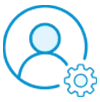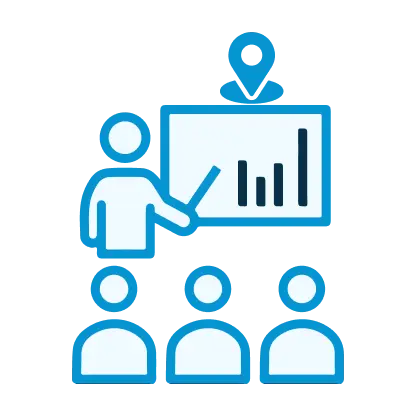We're open through the holidays to support your upskilling goals — Which training do you want to book?
We're open through the holidays to support your upskilling goals — Which training do you want to book?
Unable to find what you're searching for?
We're here to help you find itChange Technology



Siemens PLC Programming is a critical skill for professionals working in industrial automation, manufacturing, and process control. Siemens PLCs (Programmable Logic Controllers) are used worldwide to automate machinery, assembly lines, and complex systems across industries like automotive, pharmaceuticals, food processing, and energy. Learning to program these controllers using tools like TIA Portal and STEP 7 allows engineers to build efficient, reliable, and scalable automation systems.
With the increasing adoption of Industry 4.0 and smart factories, Siemens PLCs have become the backbone of automated control systems. They support advanced features such as PID control, remote diagnostics, SCADA integration, and real-time communication using industrial protocols like PROFINET and Modbus.
Companies such as BMW, Nestlé, and Siemens Energy rely heavily on Siemens PLCs for production efficiency and system reliability. Professionals skilled in Siemens PLC programming are in high demand for roles in automation engineering, plant maintenance, and system integration. Siemens PLC Programming training equips learners with hands-on skills for designing, troubleshooting, and optimizing automation solutions in modern industries.

Clear All
Filter
Clear All
Clear All
Clear All
*Excluding VAT and GST
Showing to of entries
Siemens entered the PLC market in the 1970s with the launch of its SIMATIC series, revolutionizing automation by replacing relay-based control systems with digital programmable logic. Over the decades, Siemens has continually advanced its PLC technology to meet the needs of complex industrial environments.
The introduction of STEP 5 software and early PLC models like the S5 series laid the foundation for programmable automation in manufacturing. In the 1990s, Siemens released the S7 series, which, along with STEP 7 software, became the industry standard. The launch of the Totally Integrated Automation (TIA) Portal further unified programming, simulation, and diagnostics into one intuitive platform.
Today, Siemens PLCs support high-speed operations, IoT integration, and cloud-based analytics. Their widespread adoption makes Siemens a leader in the global automation sector. The evolution of Siemens PLC programming reflects the shift from basic control to intelligent automation systems.
Siemens PLC Programming is evolving rapidly to support modern automation needs such as smart manufacturing, digital twins, and edge computing. One major trend is the use of TIA Portal for unified programming, simulation, and monitoring, improving development speed and reducing engineering costs.
Recent Siemens PLCs like the S7-1500 series support real-time data exchange, high-performance motion control, and cloud connectivity, enabling integration with platforms like MindSphere for industrial IoT. Another trend is the move toward modular and scalable systems, allowing factories to adapt quickly to changing production needs.
Siemens has also enhanced support for OPC UA and cybersecurity protocols, making its PLCs suitable for critical infrastructure and global enterprise systems. As the demand for skilled automation professionals grows, learning Siemens PLC programming ensures readiness for careers in smart factory design, robotics integration, and digital automation engineering.
Ans - No, the published fee includes all applicable taxes.



